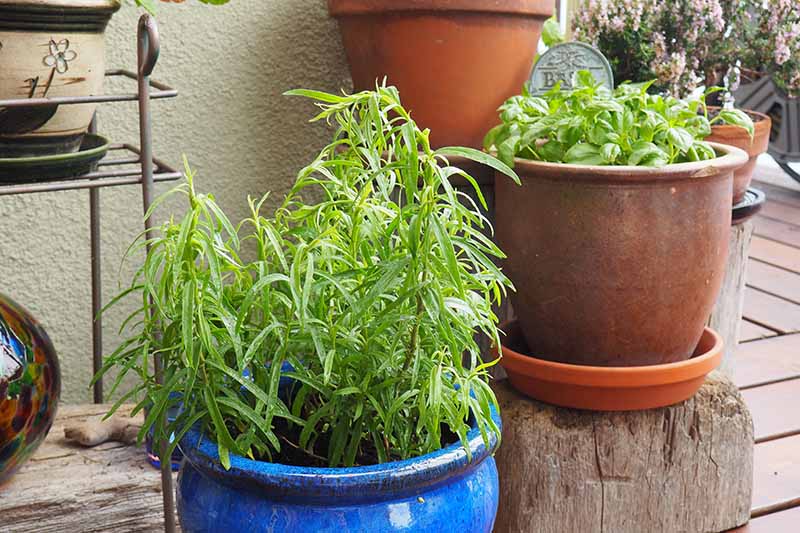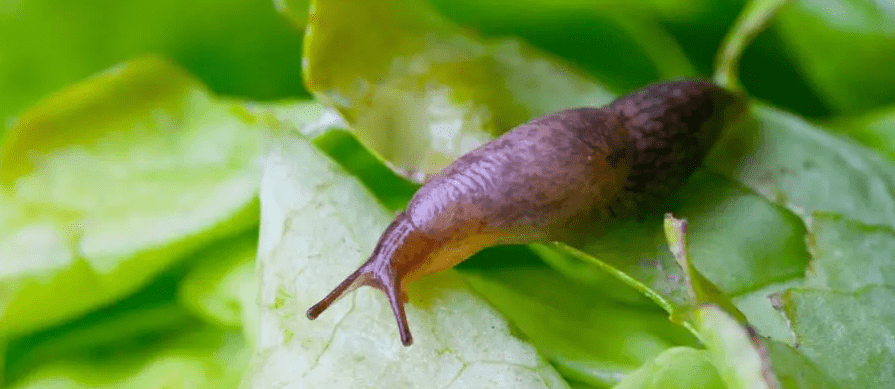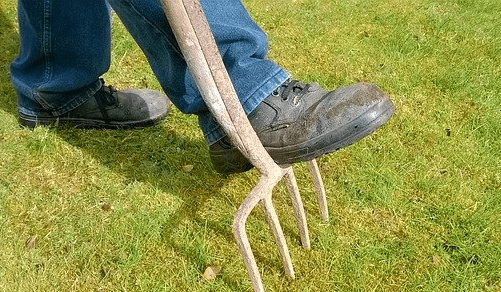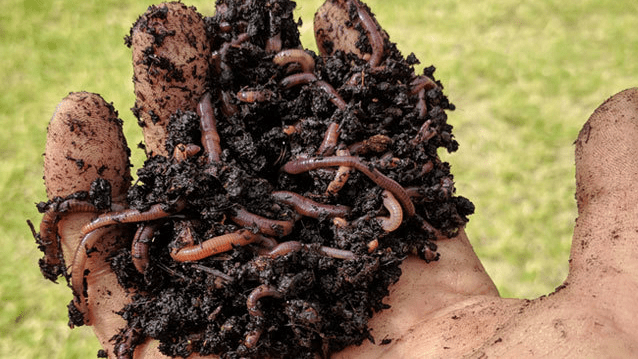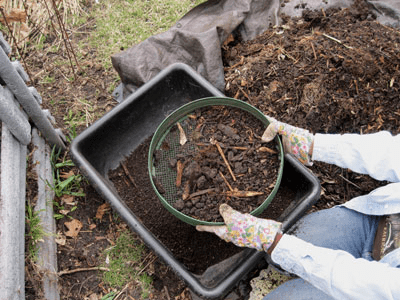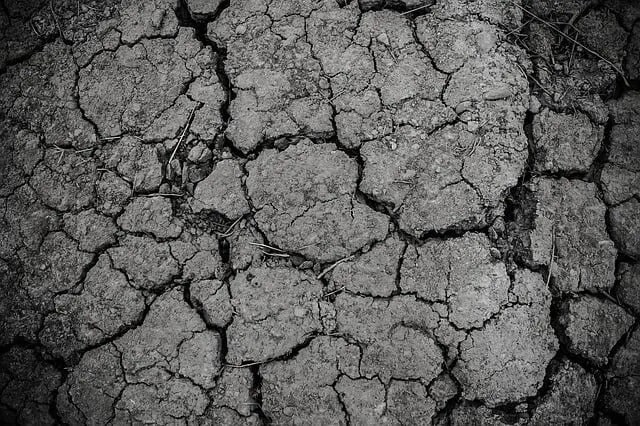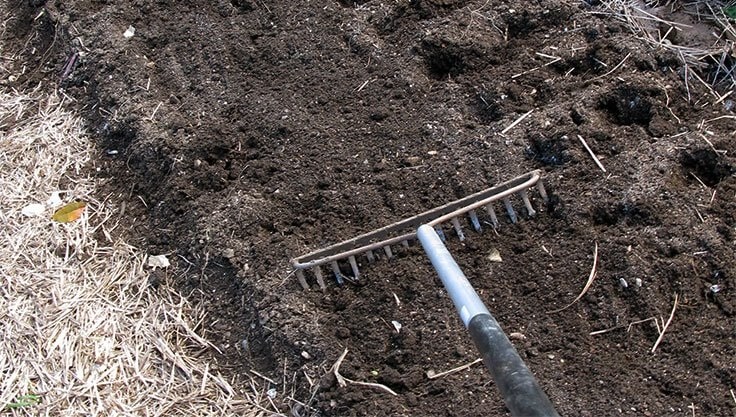Tarragon (Artemisia dracunculus) is highly valued by gourmets. The seasoning plant goes perfectly with sauces, salads, fish or vegetable dishes – and growing it yourself is worthwhile. Whether in the garden or on the balcony: With our tips, the culinary herb develops splendidly and even survives the winter without any problems.
Contents
Origin and growth
Tarragon originates from the Far East, but is now widespread in Eastern Europe, Asia and North America. The perennial, herbaceous plant belongs to the large family of composite plants (Asteraceae). The genus Artemisia includes many other well-known culinary herbs, such as mugwort, rue and wormwood.
A growth height of over one meter is not uncommon for tarragon. Its lanceolate leaves are entire or weakly serrated and up to 10 centimeters long. The flexible stems often appear slightly lighter than the foliage. From July, the tiny, yellowish basket flowers appear. However, flowering is not always to be expected in our latitudes.
The different types of tarragon
- Russian tarragon represents the ancestral form of tarragon. It has hairy leaves and quickly develops bitterness in heat and drought. However, it is very robust and well suited for harsher regions. What is little known is that young tarragon plants can serve as leafy vegetables if they thrive in moist, nutritious soil.
- Smooth-leaved French tarragon (Artemisia dracunculus var. sativus), also called aromatic tarragon, is a variety that boasts a particularly intense, pleasantly sweet anise aroma. It does not become bitter even in the heat of summer. However, this delicate form is somewhat sensitive to frost.
- European tarragon is also an “aromatic tarragon” and often a synonym for French tarragon. However, there are varieties (e.g., Artemisia dracunculus var. sativus ‘Baden-Baden’) that are somewhat stronger and more robust in growth than the French subspecies.
Location and soil
Tarragon prefers to thrive in a full sun location. It also tolerates partial shade, but its growth will be somewhat weaker.
A moist and moderately nutrient-rich soil is ideal for the composite. Waterlogging is an enemy, however, as it causes its roots to rot quite quickly. You should therefore loosen a heavy soil with plenty of sand. A herb soil with a higher mineral content (quartz sand) is suitable as a potting substrate. On the balcony, the flat-rooted herb can be cultivated in a large and wide planter. In the herb spiral tarragon feels comfortable in the middle or lower level next to chives and lemon balm.
Planting
Plant tarragon is best from mid-April to early May. Work plenty of mature compost into the herb bed beforehand. Since tarragon is rather weak in competition, you should give it enough space: The planting distance to bed neighbors is ideally at least 50 to 60 centimeters.
Care
Water the artemisia so that the root ball is always slightly moist. A shovelful of compost in the spring or another organic fertilizer will provide the herb with the nutrients it needs. A potted tarragon, on the other hand, should be given a liquid herb fertilizer about every six to eight weeks.
Tarragon has a tendency to go bald from below over time. Since it tolerates pruning well, it doesn’t mind up to three close-to-the-ground cuts per year – after which the plant shows itself to be vigorous again. A half-height pruning in late fall ensures that the composite plant will sprout vigorously again the next year.
Tip: It is best to rejuvenate your plant every 2 to 3 years – in this way it will remain permanently vital. First, dig up the specimen. Then divide the rootstock with a knife or spade. The sections are then replanted elsewhere.
Overwintering tarragon
Russian tarragon proves to be sufficiently hardy in our climate, but the French subspecies is somewhat sensitive. European tarragon also usually survives the winter well, but may suffer slight damage at very low temperatures. Therefore, Aromatic Tarragon receives a light protection of leaves, brushwood or a fleece during the cold season.
You can overwinter a potted plant at about 10 degrees Celsius in a bright place. During this period, water regularly, but very sparingly. Alternatively, move the planter to a protected wall and wrap it with an insulating material, such as bubble wrap.
Harvesting and preservation
In principle, the herb can be harvested throughout the summer. Choose a sunny day for this – as soon as the morning dew has dried away, you can reach for the scissors and cut off the shoot tips. For ongoing use until late fall, always leave a few sprigs. By the way, the upper leaves of tarragon turn out particularly aromatic.
Tip: If Russian tarragon is to be dried, it is recommended to harvest it shortly before flowering. Cut the stems and tie them together with a thread. Then hang the bouquet in an airy and warm room. The process ideally takes 3 to 6 days. Do the finger test: by rubbing the leaves, you can determine whether they are dry through and through.
Propagation and sowing
Only Russian tarragon can be propagated by seed. French and European tarragon, on the other hand, are propagated vegetatively – by cuttings, cuttings or division.
As early as March, the seeds of Russian tarragon are sown indoors. The species is a typical light germinator. Therefore, press its seeds only lightly into the substrate. The young plantlets then come into the bed from May. After the Ice Saints, the seeds of tarragon can also be sown directly on the spot in the garden.
Use in the kitchen
The French tarragon is an indispensable ingredient of the famous “Sauce Béarnaise”. It also goes well with green salads or fish and vegetable dishes. Young shoots of Russian tarragon can be steamed together with stems as a tasty spring vegetable.
Tarragon also has a long tradition as a medicinal plant: if its leaves are poured over hot water, the tea is said to have a digestive and anti-inflammatory effect.
Along with chives, parsley and chervil, tarragon is part of the classic French herb mixture “Fines herbes”. This seasons egg dishes, herb butter and cream cheese as well as soups and white sauces. The herbs can be mixed in equal parts. A fine anise note dominates the aroma here.
Recipe: tarragon vinegar
Ingredients
4 tarragon sprigs
2 shallots
2 strips of organic lemon peel
1 bottle of vinegar (white wine or balsamic vinegar)Preparation
Wash the tarragon and let it dry a bit. Cut the shallots into strips. Heat the vinegar in a pot and pour it over the tarragon and the other ingredients. Pour into clean jars, seal tightly, shake occasionally and leave in a warm place for two to three weeks. Then remove all ingredients and pour the vinegar through a muslin cloth. If necessary, transfer to decorative sterilized bottles (with washed fresh tarragon sprigs).

